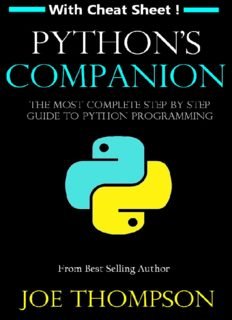Description
«How to Write a Better Thesis» by Paul Gruba and David G. Evans is a comprehensive guide designed to assist students in crafting high-quality academic theses. Geared towards graduate students and researchers across various disciplines, this book offers practical advice and expert insights to help streamline the thesis writing process.
Gruba and Evans begin by outlining the key components of a successful thesis, from formulating a research question to conducting literature reviews and collecting data. They emphasize the importance of clear communication and structured argumentation, providing strategies for organizing ideas, refining arguments, and presenting findings effectively.
Throughout the book, Gruba and Evans address common challenges faced by thesis writers, such as writer’s block, time management, and maintaining motivation. They offer actionable tips for overcoming these obstacles and staying focused on the task at hand.
One of the book’s strengths is its emphasis on the iterative nature of the thesis writing process. Gruba and Evans encourage readers to view writing as a dynamic and ongoing endeavor, with opportunities for revision and improvement at every stage.
Filled with practical examples, templates, and exercises, «How to Write a Better Thesis» serves as a valuable resource for students embarking on the thesis writing journey. By following the guidance provided in this book, readers can develop the skills and confidence needed to produce a well-crafted thesis that meets the highest academic standards.








Reviews
There are no reviews yet.